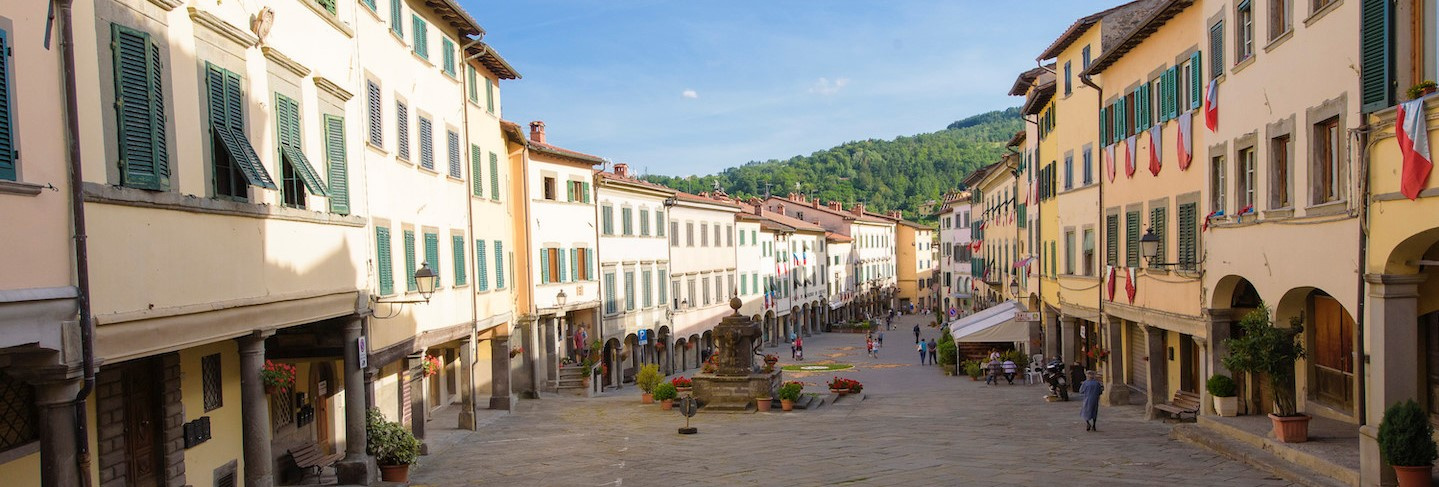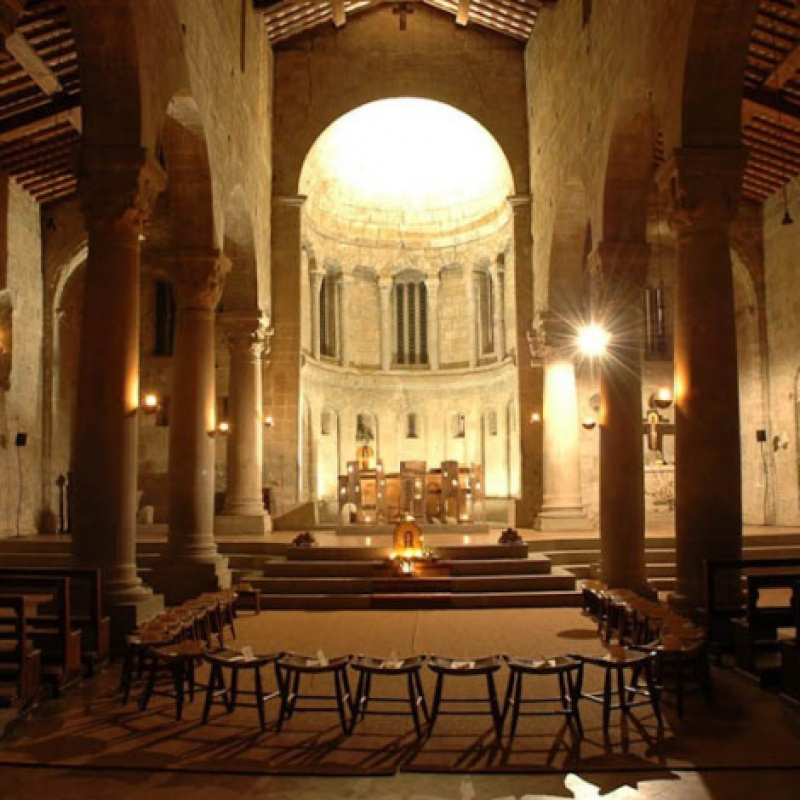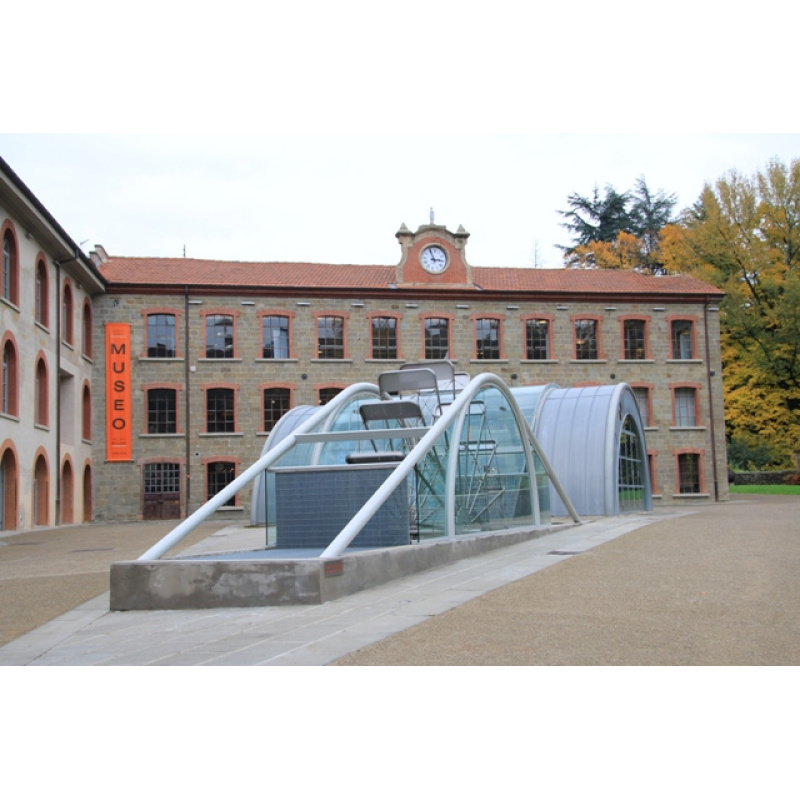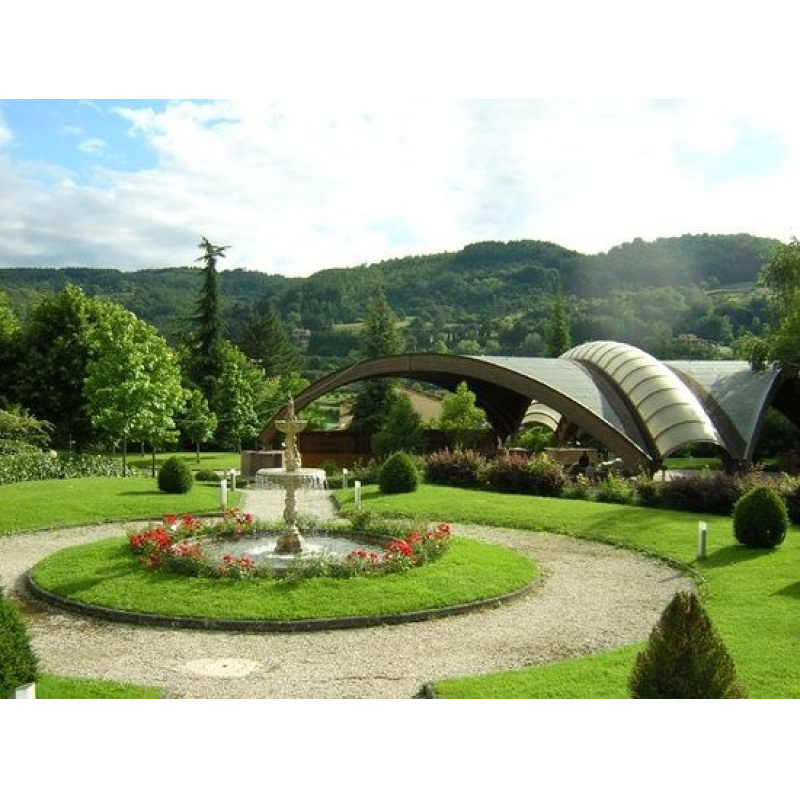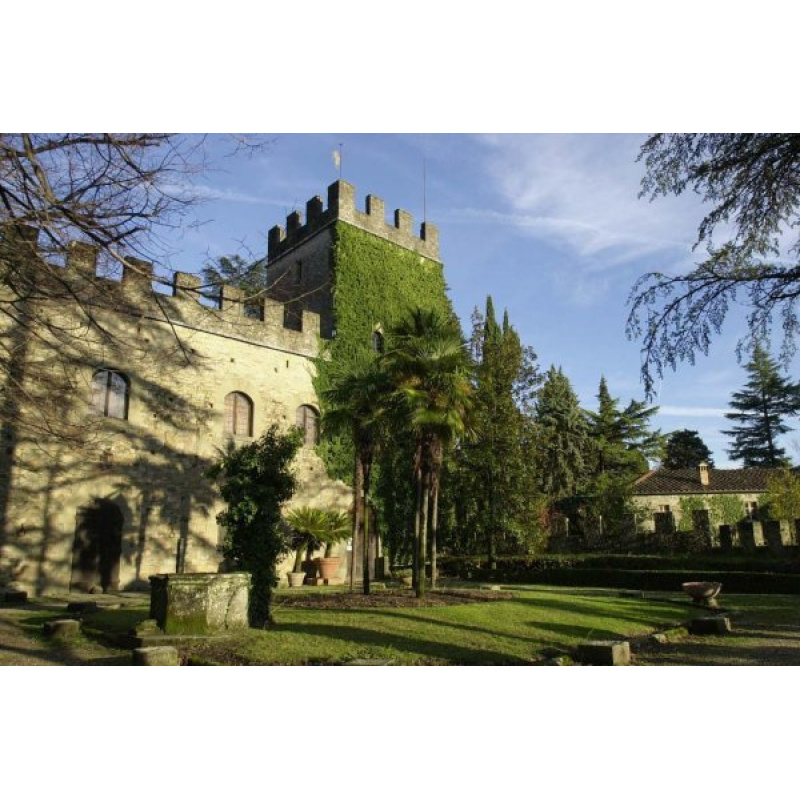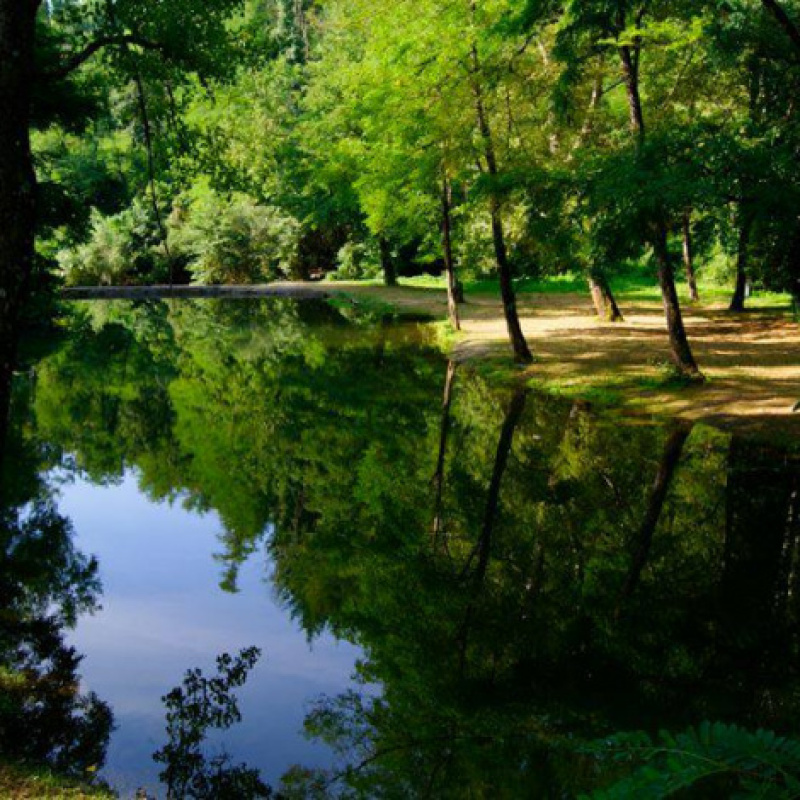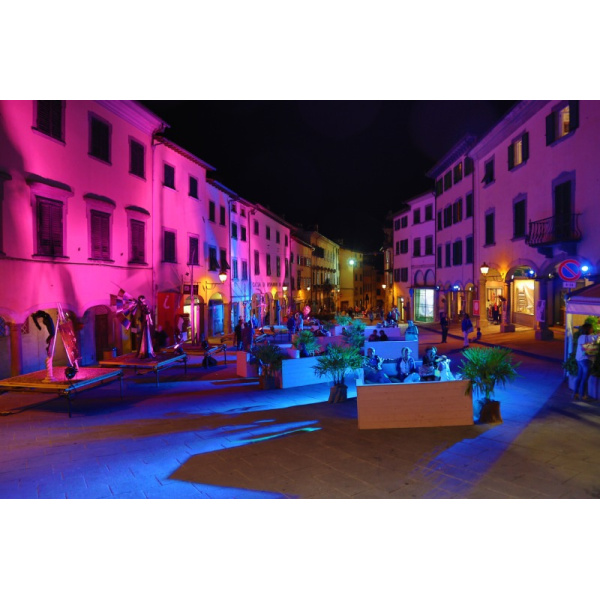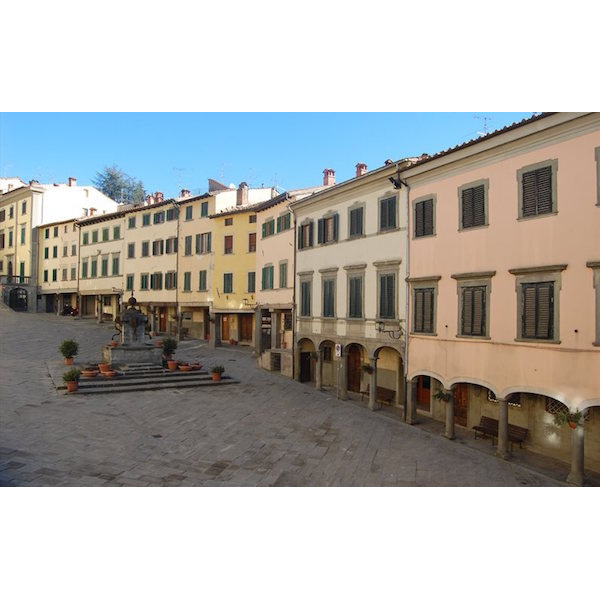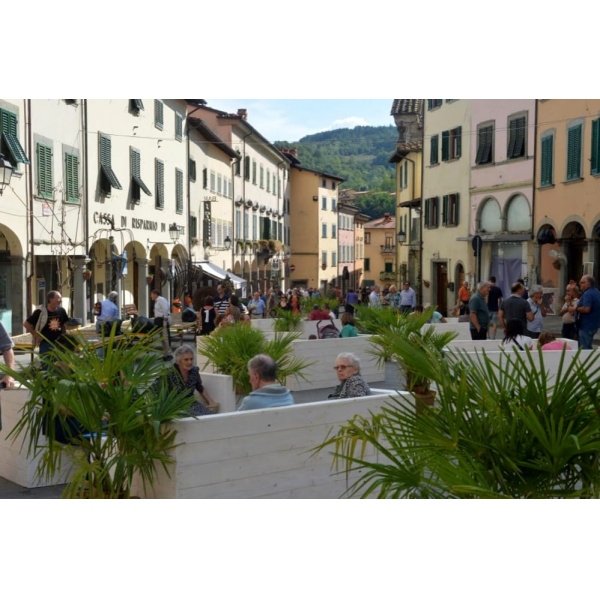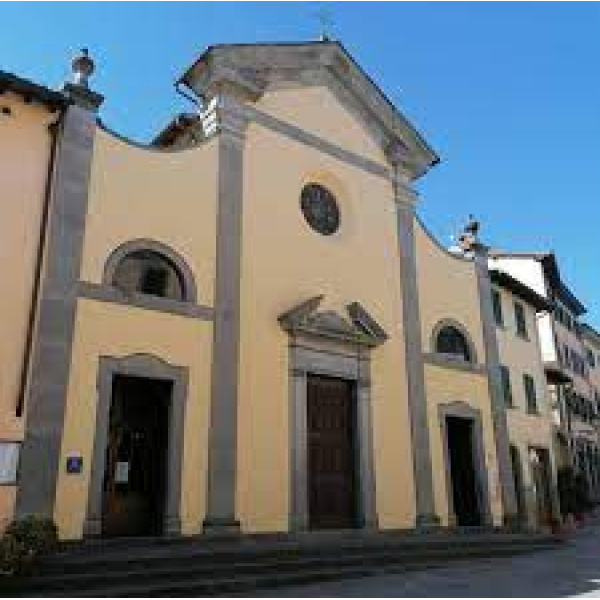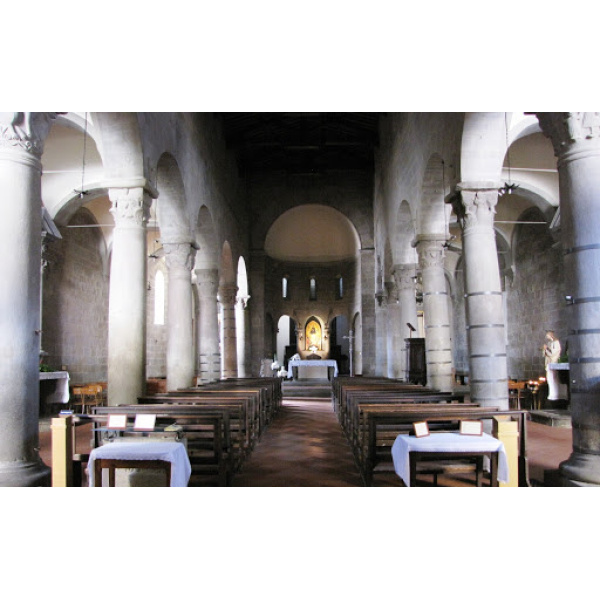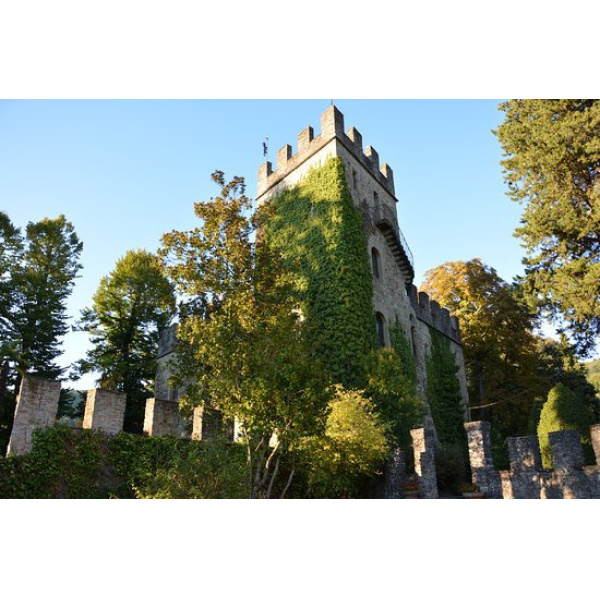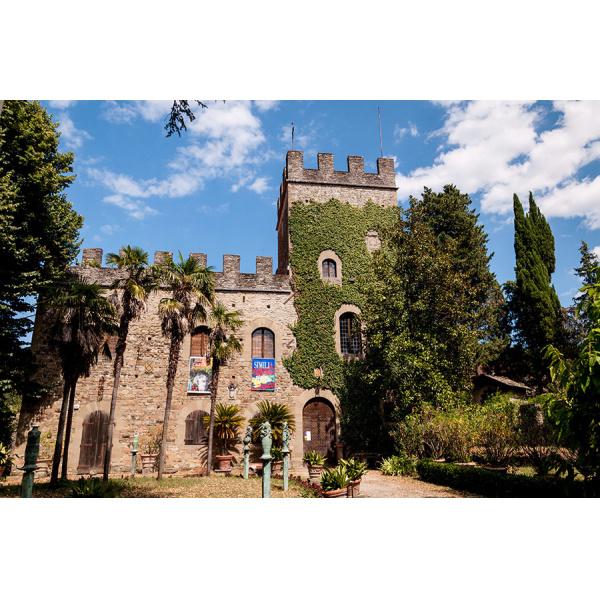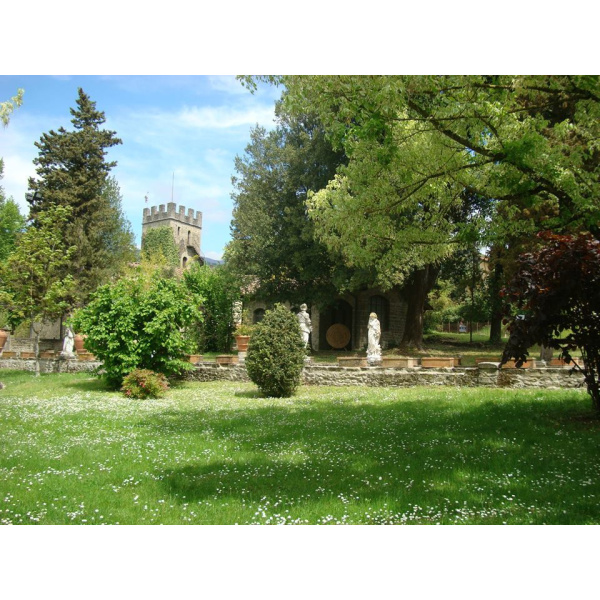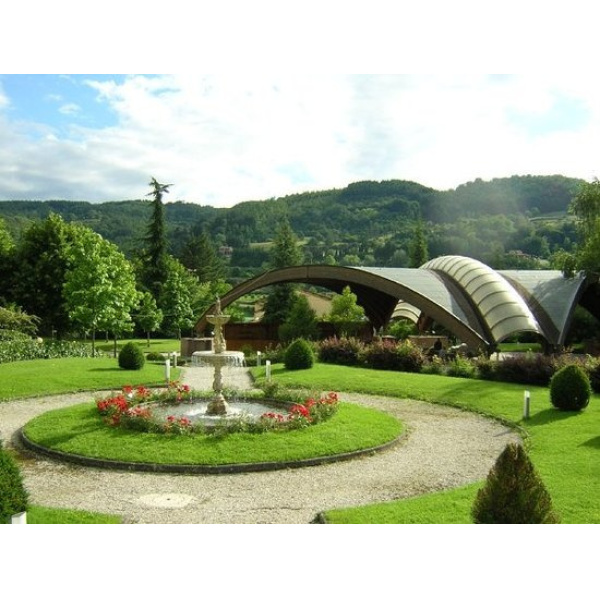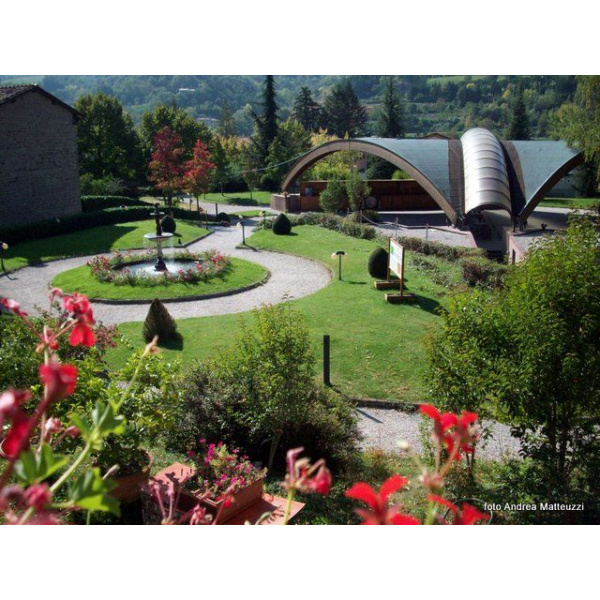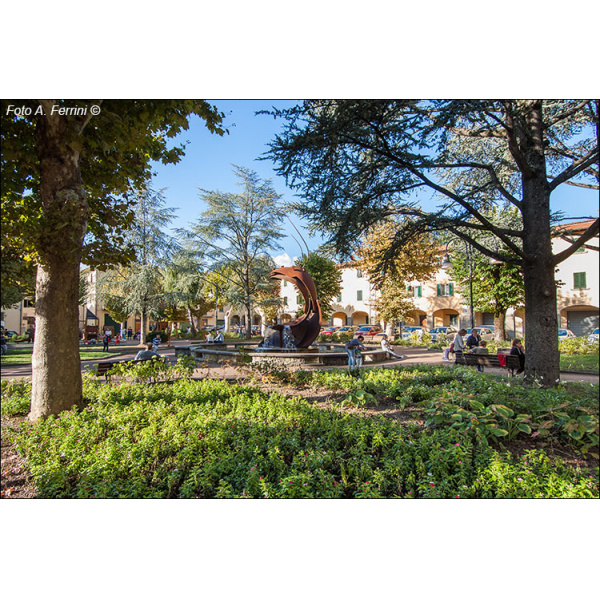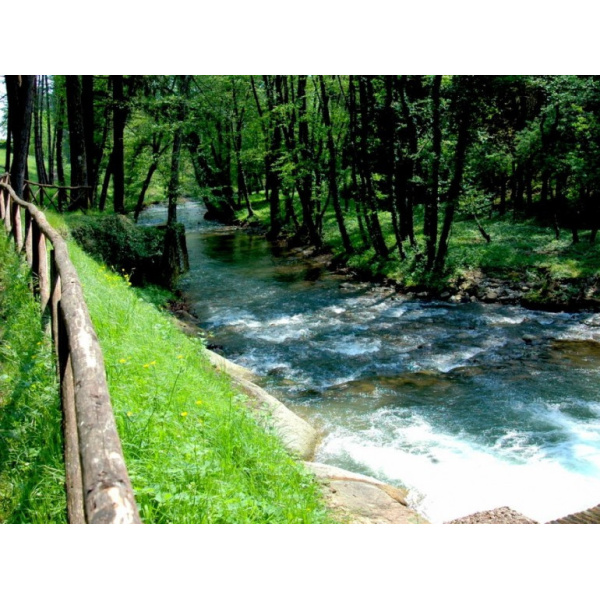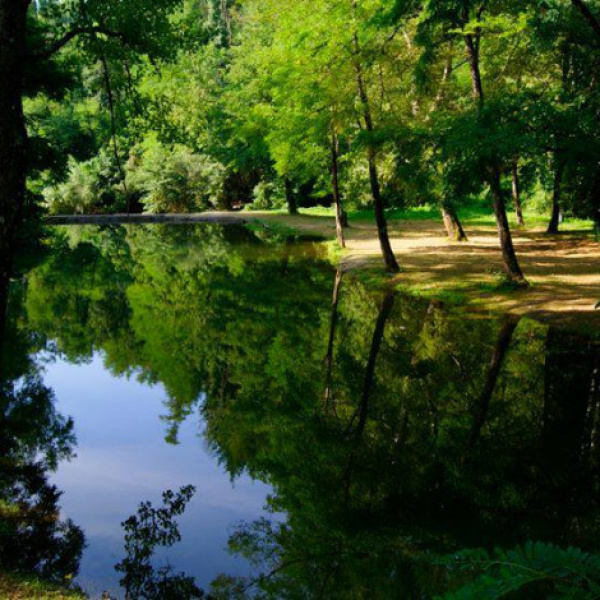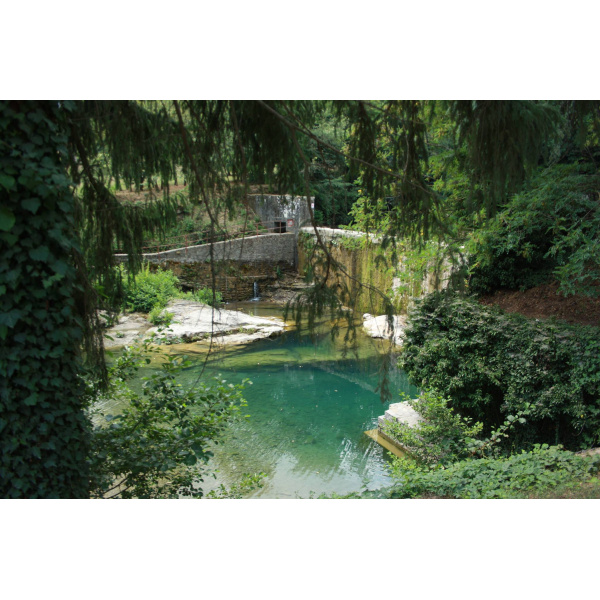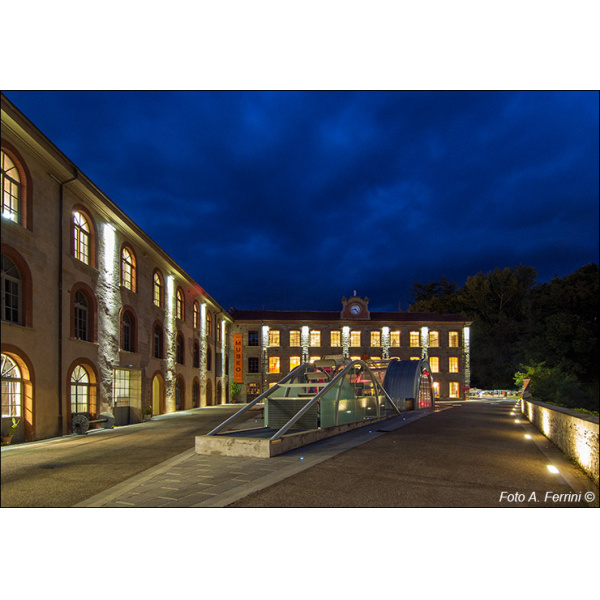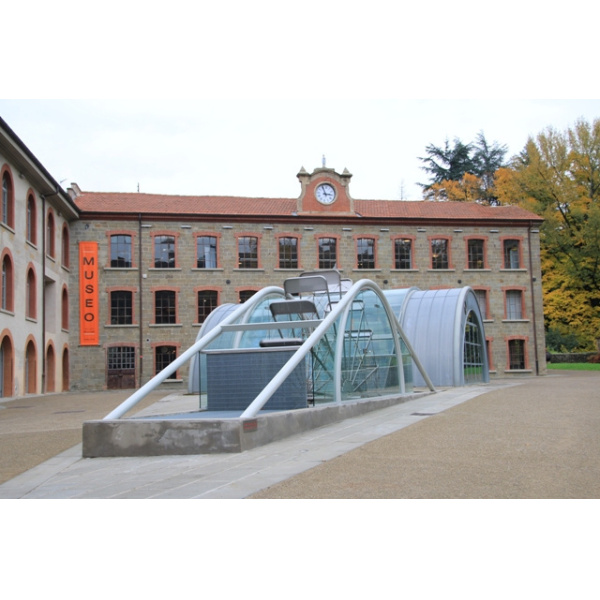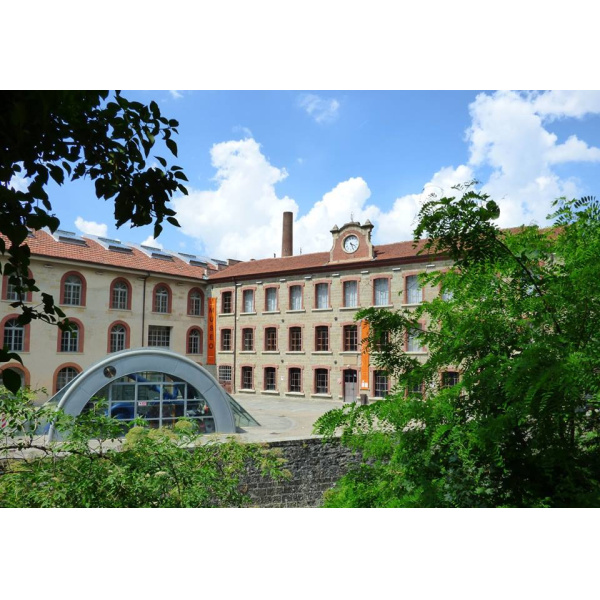Stia
Stia, incantevole borgo toscano situato nella provincia di Arezzo, è una gemma nascosta nel cuore del Casentino, una delle quattro vallate che definiscono la regione. Con il suo paesaggio dipinto dalle verdi colline dell'Appennino e lambito dal fiume Arno, Stia attrae visitatori desiderosi di immergersi in un'esperienza toscana autentica, un'esperienza che va oltre la semplice scenografia cinematografica, come nel celebre film "Il Ciclone" di Leonardo Pieraccioni. Natura: Stia è immersa nelle foreste lussureggianti del Casentino, regalando scenari che richiamano le atmosfere delle terre nordiche europee. A pochi chilometri dal centro del paese, il Parco delle Foreste Casentinesi inizia a dispiegarsi, caratterizzato da imponenti faggi, castagni secolari e robuste querce. Le tonalità calde del giallo, del rosso e del marrone in autunno offrono uno spettacolo vibrante, mentre in primavera ed estate il verde domina boschi e prati. Storia: Le origini di Stia risalgono all'XI secolo, quando divenne un vitale centro di mercato per l'alto Casentino e un nodo importante per la produzione di lana. Il Castello di Porciano, che svetta sulla collina, costituisce una testimonianza tangibile del passato medievale di Stia. La sua torre merlata, risalente al XIII secolo, appartenne alla potente famiglia dei Conti Guidi, che ospitò persino Dante Alighieri durante il suo esilio. Il castello, un tempo abbandonato, è stato restaurato dagli anni '60 del 1900 e oggi è di proprietà della famiglia Specht. Arte: Piazza Tanucci, nel centro del borgo, è un luogo da esplorare con la sua struttura irregolare in leggera salita, portici armoniosi, balconcini decorati e una suggestiva fontana in pietra. Al centro di questa piazza si erge la Pieve romanica di Santa Maria Assunta, che custodisce opere d'arte come la Madonna con Bambino, una pregevole terracotta robbiana. Artigianato: La rinomata tradizione del "Panno Casentino" trova il suo cuore a Stia. Questo tessuto in lana, caldo ed estremamente resistente, risale addirittura al 1300. Caratterizzato dai suoi riccioli distintivi, il Casentino è considerato dagli stilisti un tessuto di grande classe e raffinatezza. Oltre ai classici colori arancio e verde, oggi la sua gamma cromatica si è ampliata per soddisfare le diverse richieste del mercato. Musei: L'ex Lanificio di Stia, un tempo uno dei più importanti d'Italia nei primi decenni del Novecento, oggi ospita il Museo dell'Arte della Lana. Oltre a preservare la memoria storica dell'industria tessile, il museo offre un'esperienza coinvolgente che permette ai visitatori di immergersi nei segreti dell'arte della lana. Cucina: La cucina del Casentino è un autentico tripudio di sapori e Stia non delude le aspettative. Ristoranti come "Da Filetto" in Piazza Tanucci offrono l'opportunità di gustare prelibatezze locali, tra cui i celebri tortelli di patate, il Prosciutto e l'acquacotta. Stia, un piccolo borgo ricco di risorse, offre un'esperienza completa, dallo scenario naturale mozzafiato alla ricchezza storica e artistica, fino alla gastronomia del Casentino. Un tesoro meno noto della Toscana, ma altrettanto affascinante, pronto ad essere scoperto e apprezzato dai visitatori in cerca di autenticità e bellezza.
Categoria: Luoghi / Place To Visit
Stia English version
Stia, an enchanting Tuscan village nestled in the province of Arezzo, stands as a hidden gem in the heart of Casentino, one of the four valleys that define the region. With its landscape painted by the green hills of the Apennines and bordered by the Arno River, Stia attracts visitors eager to immerse themselves in an authentic Tuscan experience that goes beyond mere cinematic scenery, as seen in the renowned film "Il Ciclone" by Leonardo Pieraccioni.
Nature: Stia is immersed in the lush forests of Casentino, offering scenes reminiscent of the Nordic landscapes of Europe. A few kilometers from the town center, the Casentinesi Forests Park unfolds, characterized by imposing beech trees, centuries-old chestnuts, and sturdy oaks. The warm hues of yellow, red, and brown in autumn provide a vibrant spectacle, while spring and summer see the dominance of green in the woods and meadows.
History: The origins of Stia date back to the 11th century when it became a vital market center for upper Casentino and a significant hub for wool production. The Castle of Porciano, towering on the hill, serves as a tangible testament to Stia's medieval past. Its crenellated tower, dating back to the 13th century, belonged to the powerful Conti Guidi family, who even hosted Dante Alighieri during his exile. The castle, once abandoned, has been restored since the 1960s and is now owned by the Specht family.
Art: Piazza Tanucci, in the center of the village, is a place to explore with its irregular structure, harmonious arcades, decorated balconies, and a charming stone fountain. At the center of this square stands the Romanesque Pieve of Santa Maria Assunta, housing artworks such as the Madonna with Child, an exquisite Robbian terracotta.
Craftsmanship: The renowned tradition of "Panno Casentino" finds its heart in Stia. This woolen fabric, warm and extremely durable, dates back to the 1300s. Characterized by its distinctive curls, Casentino is considered by designers a fabric of great class and sophistication. Beyond the classic orange and green colors, today its color range has expanded to meet diverse market demands.
Museums: The former Lanificio di Stia, once one of the most important in Italy in the early decades of the 20th century, now houses the Museum of Wool Art. In addition to preserving the historical memory of the textile industry, the museum offers an engaging experience that allows visitors to delve into the secrets of the art of wool.
Cuisine: The cuisine of Casentino is an authentic celebration of flavors, and Stia lives up to expectations. Restaurants like "Da Filetto" in Piazza Tanucci provide the opportunity to savor local delicacies, including the famous potato tortelli, Prosciutto, and acquacotta.
Stia, a small village rich in resources, offers a complete experience, from the breathtaking natural scenery to the historical and artistic wealth, all the way to the gastronomy of Casentino. A lesser-known treasure of Tuscany, yet equally captivating, ready to be discovered and appreciated by visitors seeking authenticity and beauty.
